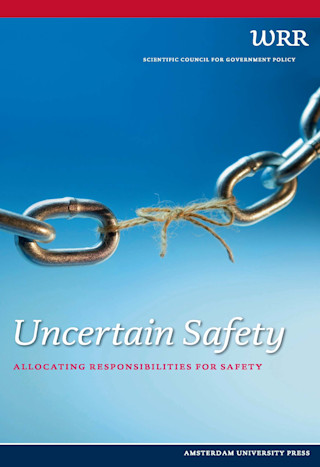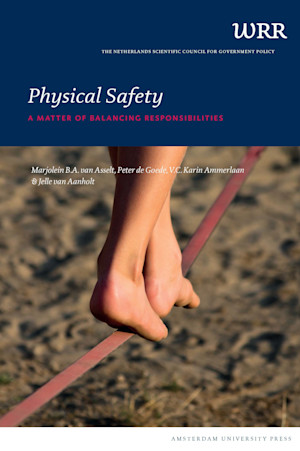Foreword
1 Introduction
1.1 Responsibility for physical safety
1.2 Request for reflection
1.3 Key concepts: incidents, damage, risks and uncertainty
1.4 Interactions
1.5 Guide to this publication
2 Dealing with incidents
2.1 Risk-regulation reflex?
2.2 Perceived reality
2.3 Lack of evidence
2.4 Tilting the perspective towards good governance
2.5 Conclusion
3 Risks and uncertainty
3.1 Fundamental political appraisal
3.2 Intertwine opportunities and threats
3.3 Make allowance for the social and psychological properties of danger
3.4 Utilise risk comparisons
3.5 Accept uncertainty – and the responsibility for uncertainty
3.6 Organise the way uncertainty is dealt with
3.7 Incorporation into policy
3.7.1 The national risk assessment
3.7.2 Amending environment and planning law:
3.8 Conclusion
4 Damage arrangements:
4.1 Damage as the focal point
4.2 Current practices
4.3 Reasons for uncompensated damage
4.4 Damage arrangements as a basis for a balanced allocation of responsibility
4.4.2 The role of citizens
4.4.3 The role of government
4.5 Conclusion
4.4.1 Businesses taking responsibility for themselves and society
5 Conclusions
5.1 Difficult questions
5.2 Key concepts: incidents, damage, risks and uncertainty
5.3 Beyond reflexes
5.4 Is a general policy possible?
5.4.1 Reference points for dealing with risks and uncertainty
5.4.2 Damage arrangements: a different perspective on the allocation of responsibility
5.5 Top three on the list of priority studies
5.6 Final remarks
Bibliography

